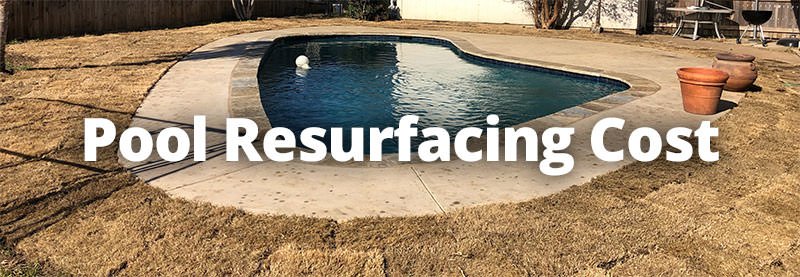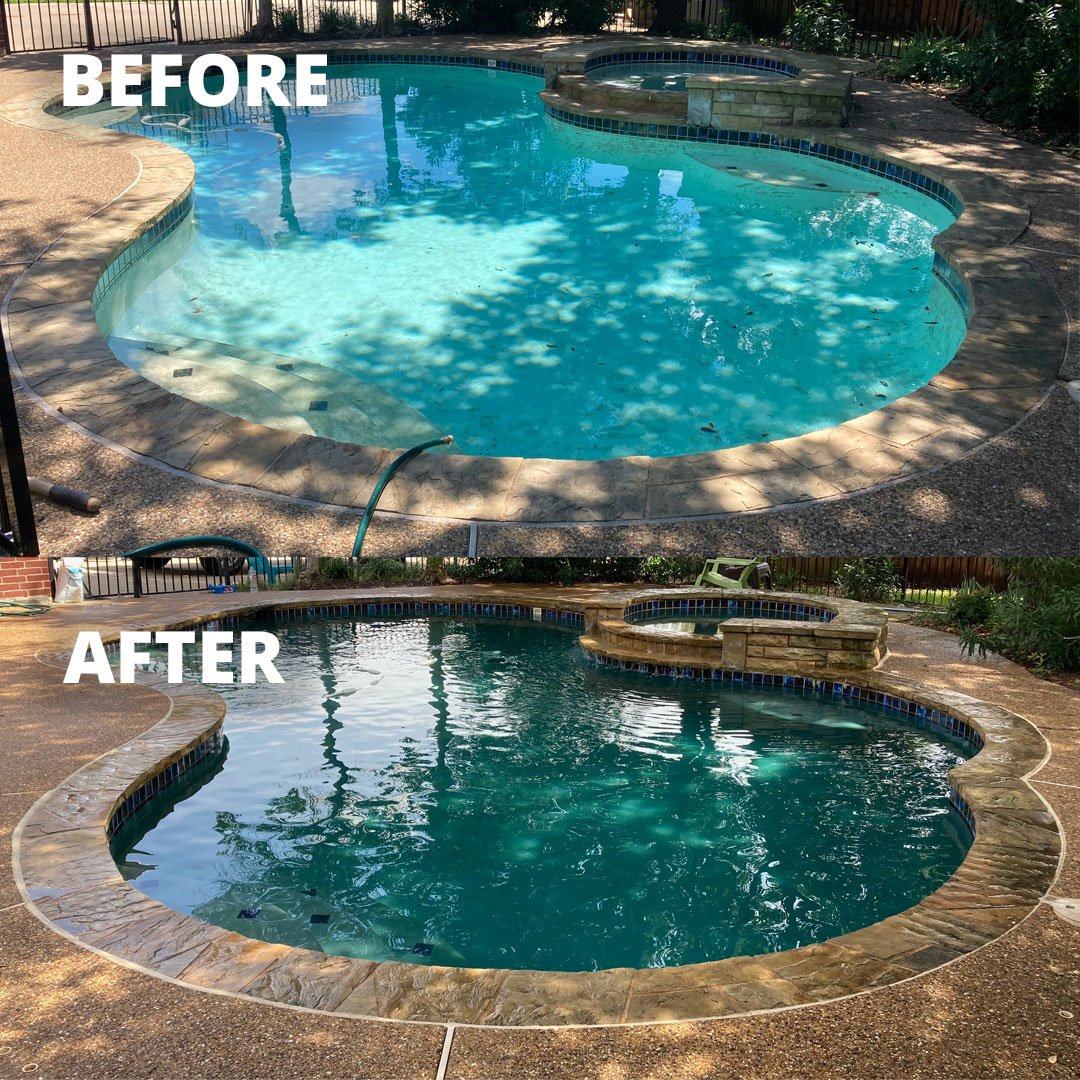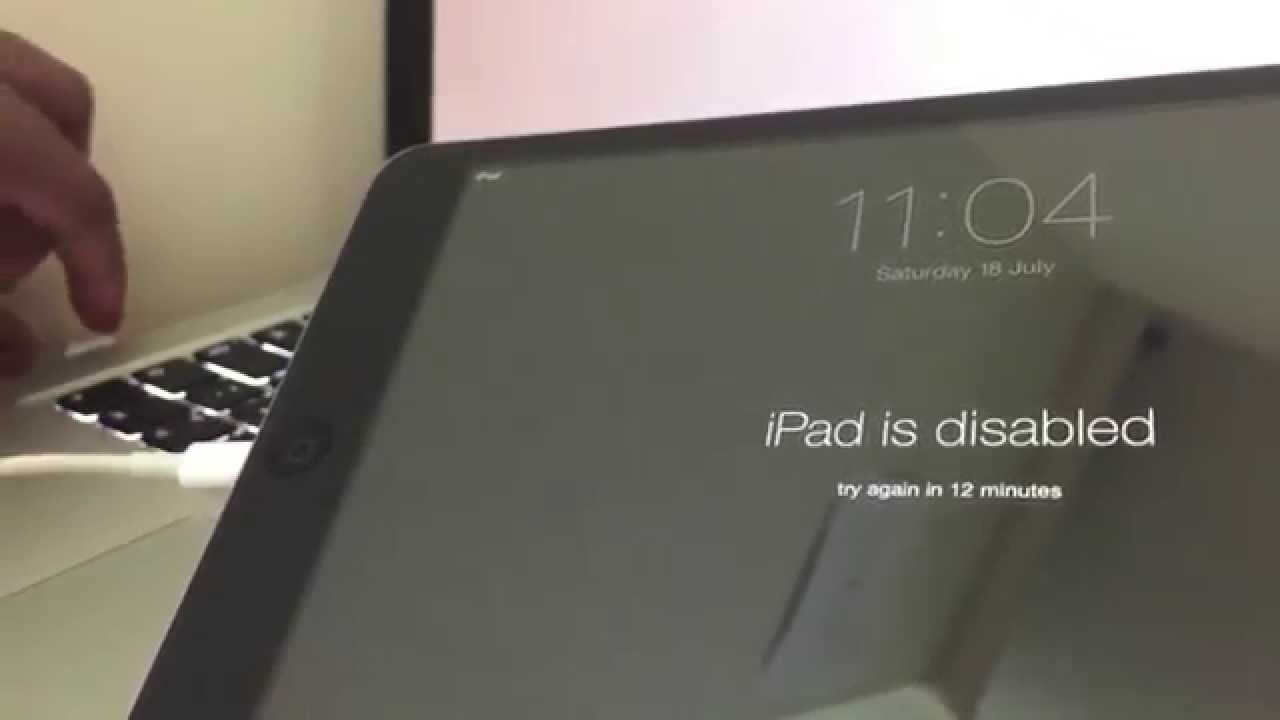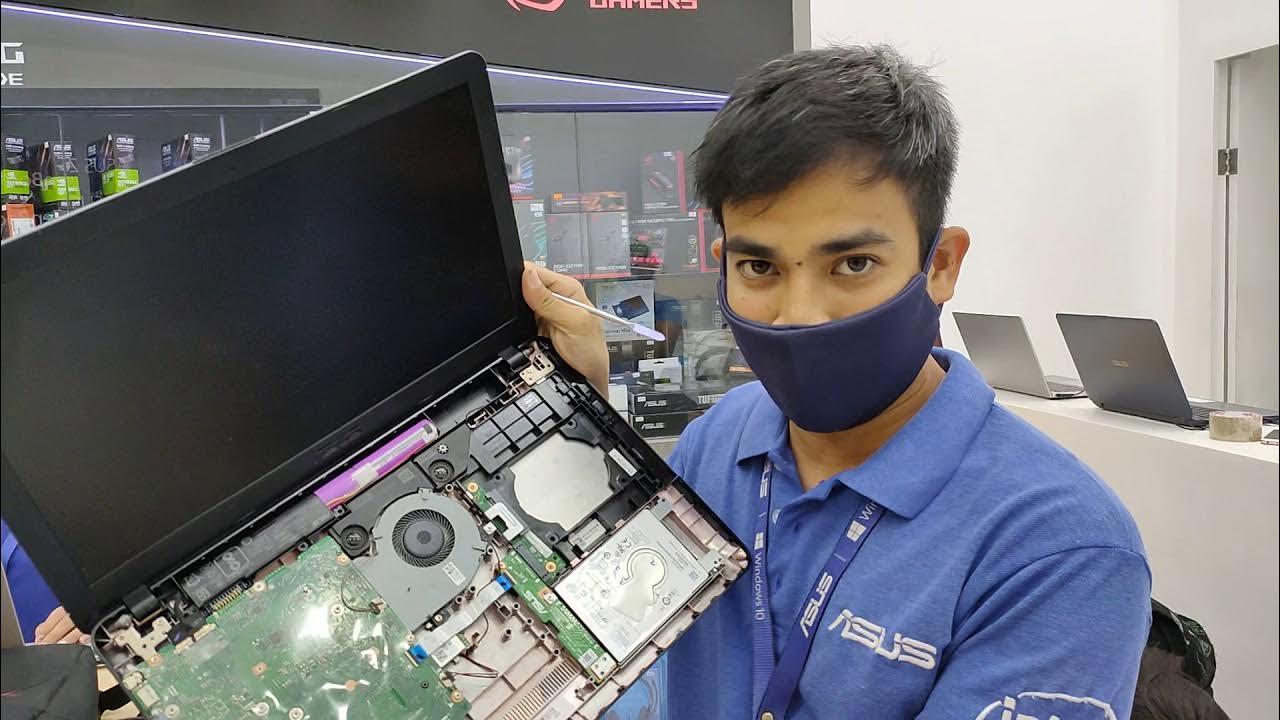Resurfacing a pool costs vary, but on average, it can range from $3,000 to $10,000. Pool resurfacing prices depend on the size of the pool, the materials used, and any additional features or repairs needed.
It is essential to get multiple quotes from contractors to ensure you get the best price for your specific pool resurfacing project. Additionally, considering the long-term benefits and improved aesthetics that pool resurfacing offers, the cost can be a worthwhile investment for homeowners looking to restore or maintain their pool’s condition.

Credit: willshapools.com
Factors Affecting Pool Resurfacing Cost
When planning to resurface your pool, it is essential to understand the factors that influence the overall cost. Several variables can impact the price of pool resurfacing, including pool size, the current condition of the pool, type of resurfacing material, and any additional repairs or upgrades needed. By considering these factors, you can get a clearer idea of how much it will cost to resurface your pool and make informed decisions regarding your pool renovation project.
Pool Size
The size of your pool is a key factor that determines the cost of resurfacing. Larger pools require more materials and labor, which can increase the overall price. Additionally, larger pools may take longer to resurface, resulting in higher labor costs. It is important to accurately measure your pool size, including its length, width, and depth, to ensure you receive accurate cost estimates from pool resurfacing professionals.
Current Condition Of The Pool
The current condition of your pool plays a significant role in determining the cost of resurfacing. If your pool has significant structural damage or extensive leaks, it may require additional repairs before resurfacing can take place. Repairing these issues can increase the overall cost of the project. Additionally, factors such as the presence of cracks, stains, or surface deterioration can also influence the type of resurfacing material required and subsequently impact the cost.
Type Of Resurfacing Material
The type of material chosen for pool resurfacing will affect the overall cost. Various options include plaster, pebble, tile, and quartz finishes, each with its price range. Plaster tends to be the most affordable option, while pebble and quartz finishes often come with a higher price tag. The type of material you select should align with your budget and desired aesthetic, as well as any specific maintenance requirements you may have.
Additional Repairs And Upgrades
During the pool resurfacing process, it is common for additional repairs or upgrades to be needed. These could include fixing or replacing damaged tiles, addressing plumbing issues, or upgrading pool equipment. The cost of these additional repairs and upgrades will depend on the specific requirements of your pool and the extent of the work necessary.
In conclusion, several factors can influence the cost of resurfacing your pool, including pool size, the current condition of the pool, the type of resurfacing material, and any additional repairs or upgrades needed. By considering these factors and consulting with pool resurfacing professionals, you can obtain accurate cost estimates and make informed decisions about your pool renovation project.

Credit: www.angi.com
Average Cost Of Pool Resurfacing
When it comes to restoring the beauty and functionality of your swimming pool, pool resurfacing is an essential project. However, before jumping into the process, it is crucial to have a clear idea of how much it will cost. The average cost of pool resurfacing depends on several factors, including the size of the pool, the materials used, and any additional features or repairs required.
Range Of Costs
The cost of pool resurfacing can vary widely, ranging from as low as $1,500 to as high as $20,000 or more. The wide range is due to the factors mentioned earlier, as well as the geographical location and the quality of the materials used. It is important to note that these figures are general estimates and that exact pricing can only be determined after a professional assessment of your pool.
Cost Breakdown By Pool Size
The size of your pool directly impacts the cost of its resurfacing. Here is a breakdown of the average costs based on pool size:
| Pool Size | Average Cost Range |
|---|---|
| Small (up to 400 square feet) | $1,500 – $5,000 |
| Medium (400-800 square feet) | $5,000 – $10,000 |
| Large (800+ square feet) | $10,000 – $20,000+ |
Keep in mind that these cost ranges are approximate and can vary based on additional factors, such as the level of damage, the desired finish, and the complexity of the pool design.
It is essential to consult with a pool resurfacing professional to get an accurate estimate for your specific pool. They will evaluate your pool’s condition, size, and any additional requirements before providing you with a detailed cost breakdown.
Remember, investing in pool resurfacing not only enhances the appearance of your pool but also extends its lifespan and ensures a safer swimming environment for you and your family.
Cost Comparison For Different Resurfacing Materials
When it comes to resurfacing your pool, one of the main considerations is the cost of the materials. Different resurfacing materials come with different price tags, and it’s important to find the best option that fits your budget without compromising on quality. In this cost comparison guide, we will explore the prices for three popular resurfacing materials: Replastering, Fiberglass Resurfacing, and Pebble Tec Resurfacing.
Replastering
Replastering is a traditional pool resurfacing method that involves applying a fresh layer of plaster to the existing pool surface. This is a cost-effective option for pool owners who are on a tight budget and looking for a simple solution.
The average cost of replastering a pool typically ranges from $3,500 to $7,500, depending on several factors such as the size of the pool, the type of plaster used, and any additional repairs or upgrades needed. The cost may also vary depending on your location and the specific contractor you hire.
Replastering is a popular choice for pool owners who want to refresh the look of their pool without breaking the bank. However, it’s important to keep in mind that replastering may not be as durable as other resurfacing options and may require more frequent maintenance and upkeep.
Fiberglass Resurfacing
Fiberglass resurfacing involves the application of a fiberglass shell over the existing pool surface. This is a more expensive option compared to replastering but offers several advantages in terms of durability and longevity.
The average cost of fiberglass resurfacing typically ranges from $8,000 to $13,000, depending on factors such as the size and shape of the pool, any additional repairs or modifications required, and the specific contractor you choose. While fiberglass may have a higher upfront cost, it often proves to be a more cost-effective long-term solution due to its low maintenance requirements and durability.
One of the major benefits of fiberglass resurfacing is its resistance to staining and algae growth, which reduces the need for frequent cleaning and chemical treatments. Additionally, fiberglass is known for its smooth and glossy finish, providing an attractive appearance for your pool.
Pebble Tec Resurfacing
Pebble Tec is a high-end resurfacing material that offers a unique and luxurious finish for your pool. It consists of small pebbles embedded in a cement-based mixture, creating a durable and visually appealing surface.
Due to its premium quality, Pebble Tec resurfacing comes with a higher price tag compared to replastering and fiberglass resurfacing. The average cost of Pebble Tec resurfacing ranges from $12,000 to $20,000, depending on factors such as the size and depth of the pool, the specific pebble color and texture chosen, and any additional customizations or upgrades desired.
Pebble Tec is known for its longevity and resistance to wear and tear. With its natural look and textured surface, it provides a unique swimming experience and adds value to your property. However, it’s important to note that the cost of Pebble Tec resurfacing may exceed the budget of some pool owners.
Additional Factors To Consider
When it comes to resurfacing a pool, the cost is influenced by various factors that go beyond just the size and material of the pool. Understanding these additional factors will help you budget effectively and make an informed decision. It’s important to consider the labor costs, geographical location, and the maintenance and longevity of the chosen resurfacing material. Let’s explore each of these factors in more detail:
Labor Costs
The cost of labor is a significant factor when resurfacing a pool. The amount of work required and the complexity of the project will determine the labor costs. Generally, labor costs include the preparation of the existing surface, application of the resurfacing material, and finishing touches. Complex designs or additional features like waterfalls or customized tiles may result in higher labor costs. It’s essential to discuss labor costs with the pool resurfacing professionals to get an accurate estimate tailored to your particular project.
Geographical Location
Your geographical location can also impact the cost of pool resurfacing. Prices can vary significantly based on factors such as availability of materials, local labor rates, and proximity to suppliers. In areas where resurfacing materials or skilled labor are scarce, costs may be higher due to increased transportation expenses or limited competition. On the other hand, regions with abundant resources or competitive markets may offer more affordable prices. Understanding how your location influences prices will help you budget accordingly.
Maintenance And Longevity
Considering the maintenance requirements and longevity of the chosen resurfacing material is another crucial factor in the cost equation. Different materials have varying durability and maintenance needs. While some materials may require frequent maintenance and repairs, others are more resistant to wear and tear, thereby reducing long-term costs. It’s important to research and consult with pool professionals to find a balance between upfront costs and long-term maintenance expenses. Investing in a durable material can save you money in the long run and extend the lifespan of your pool.
Ways To Save On Pool Resurfacing
Save money on pool resurfacing with these effective strategies. Discover the cost of pool resurfacing and learn how to minimize expenses without compromising on quality.
Pool resurfacing is an important investment that can revitalize your pool and enhance its aesthetic appeal. However, it’s not always easy on the wallet. Fortunately, there are several ways you can save on pool resurfacing without compromising on quality.
Diy Vs Hiring Professionals
One of the first decisions you’ll need to make when considering pool resurfacing is whether to tackle the project yourself or hire professionals. While a DIY approach may seem cost-effective initially, it’s important to consider your skill level and the potential risks involved.
If you have experience and confidence in your abilities, opting for a DIY resurfacing project can save you a significant amount of money. However, keep in mind that improper techniques or errors can lead to costly mistakes that may ultimately require professional intervention.
On the other hand, hiring professionals ensures that the job is done correctly and efficiently. While the upfront costs may be higher, the quality and durability of the resurfacing can save you money in the long run. Additionally, professionals often have access to better materials and equipment, further enhancing the longevity of the resurfacing.
Comparing Multiple Quotes
Whether you decide to go the DIY route or hire professionals, it’s always beneficial to compare multiple quotes before making a decision. This allows you to get an accurate understanding of the cost and scope of the project and make an informed choice.
When comparing quotes, be sure to consider not only the price but also the services and warranties offered. Be cautious of extremely low prices that may indicate subpar materials or workmanship, as this could end up costing you more in the long run. Aim for a balance between affordability and quality.
Regular Pool Maintenance
Regular pool maintenance is key to extending the lifespan of your pool resurfacing and saving money in the process. By keeping your pool clean, properly balanced, and well-maintained, you can prevent damage and the need for frequent resurfacing.
Some simple maintenance tasks include:
- Regularly skimming and cleaning debris from the pool
- Checking and adjusting water chemistry levels
- Brushing the pool walls and floor to prevent buildup
- Keeping the pool filter clean and functioning properly
- Properly winterizing the pool during colder months
By incorporating these maintenance habits into your routine, you can minimize the wear and tear on your pool, ultimately saving you money on resurfacing and repairs.

Credit: willshapools.com
Frequently Asked Questions For How Much Is It To Resurface A Pool
How Much Does It Cost To Resurface A Pool?
The cost to resurface a pool typically ranges from $3,000 to $8,000, depending on various factors such as the size of the pool, the type of material used, and any additional repairs needed. It is best to get a quote from a professional pool contractor to get an accurate estimate for your specific pool.
How Often Should A Pool Be Resurfaced?
On average, a pool should be resurfaced every 10 to 15 years. However, this can vary depending on factors such as the quality of the existing surface, usage frequency, and regular maintenance. Regular inspections by a pool professional can help determine the right time to resurface your pool.
What Are The Benefits Of Resurfacing A Pool?
Resurfacing a pool offers several benefits. It restores the pool’s appearance, making it look fresh and new. Additionally, it helps to fix any cracks or damages, preventing further issues. Resurfacing also improves the pool’s overall efficiency, reducing water loss and improving water quality.
Lastly, it extends the lifespan of the pool, ensuring years of enjoyment.
Conclusion
Overall, the cost of pool resurfacing can vary depending on various factors such as the size, condition, and location of the pool, as well as the materials and labor involved. It is essential to consult with professionals and obtain multiple quotes to get an accurate estimate for the project.
Investing in pool resurfacing not only improves the aesthetics but also enhances the durability and longevity of your pool, ensuring you can enjoy it for years to come.
- The Power of Mobile Accessibility And Real-Time Tracking for Trucking Operations - November 6, 2024
- Why Ease of Use is Crucial in Trucking Dispatch Software - September 22, 2024
- Better Communication With Dispatchers: How Trucking Dispatch Software Can Optimize Operations - September 7, 2024



